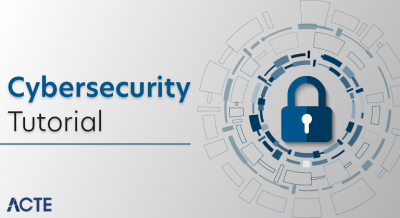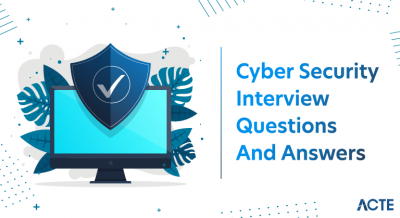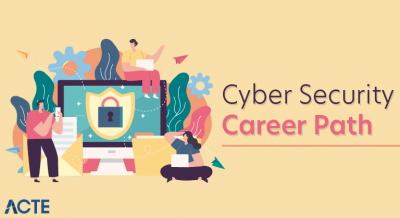
- Discovering Smart Ways to Learning
- Visual vs Auditory Learning
- E-learning Platforms
- Microlearning and Nanolearning
- Gamification in Learning
- Collaborative Tools
- Personalized Learning Paths
- Learning Through Practice
- Online Certifications
- Using AI Tutors
- Tracking Learning Progress
- Tips for Lifelong Learning
Discovering Smart Ways to Learning
Smart Ways to Learning have become essential in today’s rapidly evolving digital era, where the landscape of education and learning has undergone a dramatic transformation. Gone are the days when learning was confined to classrooms, chalkboards, and textbooks. With the proliferation of digital tools, smart devices, and internet access, the traditional methods of learning are being redefined. This evolution has paved the way for smarter, more efficient, and highly personalized learning experiences an advancement explored in Digital Marketing Training, where adaptive technologies, AI-driven content delivery, and learner-centric design redefine how professionals upskill. By analyzing individual performance and preferences, platforms now offer curated learning paths that boost engagement, retention, and real-world application. This guide delves into the smart ways to learning that cater to different learning styles, leverage advanced technology, and make education more accessible and engaging than ever before. The digital era has revolutionized how we consume, interact with, and retain information. With smartphones, tablets, laptops, and high-speed internet at our fingertips, learning has become ubiquitous and continuous. Students can now attend virtual classrooms, access vast online libraries, and participate in interactive courses without leaving their homes. Massive Open Online Courses (MOOCs), webinars, online tutorials, and virtual labs have democratized education, making it possible for anyone, anywhere, to learn anything. This shift towards digital learning has also increased the need for learners to develop digital literacy and critical thinking skills, both of which are at the core of smart ways to learning in the modern world.
Ready to Get Certified in Digital Marketing? Explore the Program Now Digital Marketing Online Training Offered By ACTE Right Now!
Visual vs Auditory Learning
One of the core aspects of smart learning is recognizing that individuals have different learning styles. While some people absorb information better through visual elements like infographics, charts, and videos, others may prefer auditory inputs such as lectures, podcasts, and discussions. Understanding your preferred learning style can significantly enhance your educational experience a principle embraced by Big Brands Transforming Experience, where leading education platforms personalize content delivery to match individual preferences. Whether visual, auditory, or kinesthetic, adaptive learning systems powered by AI and UX design help learners absorb information more effectively, driving engagement and long-term retention. For instance, visual learners can benefit from YouTube tutorials, animated diagrams, and mind maps. Auditory learners, on the other hand, can use audiobooks, language learning apps with speech features, or even voice notes to reinforce concepts.
E-learning Platforms
- E-learning platforms have become the backbone of smart learning. Websites and apps like Coursera, Udemy, edX, Skillshare, and Khan Academy offer thousands of courses across various subjects and skill levels. These platforms allow learners to learn at their own pace, revisit lessons, and choose from a diverse range of topics tailored to their interests and career goals.
- Furthermore, many of these platforms provide certificates upon completion, which can add value to resumes and professional profiles. Their interactive nature, coupled with multimedia content, quizzes, and peer discussion forums, creates an immersive learning experience.
- Modern learners often have limited attention spans and busy schedules. Microlearning and nanolearning address these challenges by breaking down complex topics into small, easily digestible units. Microlearning involves short lessons or modules that can be completed in 5-10 minutes, often focusing on one specific concept or skill.
- Nanolearning goes even further, delivering bite-sized content in under two minutes. These approaches are highly effective for reinforcing concepts, learning on the go, and maintaining engagement. They are commonly used in mobile learning apps, flashcard systems, and corporate training modules.
- One of the most significant advantages of digital learning is personalization. Smart learning systems use data analytics and artificial intelligence to create customized learning paths based on an individual’s strengths, weaknesses, preferences, and progress an innovation central to Become a Digital Marketing Specialist, where adaptive platforms tailor content delivery to maximize retention and skill mastery. By leveraging AI-driven insights, learners receive targeted resources, real-time feedback, and dynamic progression models that accelerate professional growth.
- Adaptive learning platforms like DreamBox, Smart Sparrow, and Knewton analyze learner behavior and adjust the content and difficulty level accordingly. This ensures that learners are neither overwhelmed nor bored, making the process more efficient and effective.
- The old adage “practice makes perfect” holds true in smart learning as well. Practical application of knowledge is crucial for retention and mastery. Online simulations, coding sandboxes, virtual labs, and project-based learning opportunities allow learners to apply concepts in a real-world context.
- For example, platforms like Codecademy, Replit, and Labster provide interactive environments for coding and science experiments. This hands-on experience is invaluable for building confidence and problem-solving skills.
- Monitoring progress is an essential component of smart learning. Digital platforms often include dashboards, analytics, and reporting tools that track a learner’s performance, completion rates, time spent, and areas needing improvement.
- These insights help learners stay motivated and make informed decisions about their learning journey. Educators and trainers can also use this data to tailor instruction and provide targeted support where needed.
- Set Clear Goals: Know what you want to learn and why. This will keep you focused and motivated.
- Create a Learning Schedule: Allocate specific time slots in your daily or weekly routine.
- Mix Learning Formats: Combine videos, podcasts, articles, and hands-on practice.
- Stay Curious: Follow your interests and be open to exploring new subjects.
- Join Communities: Engage with fellow learners on forums and social media groups.
- Reflect and Revise: Regularly assess what you’ve learned and how it applies to your goals.
To Explore Digital Marketing in Depth, Check Out Our Comprehensive Digital Marketing Online Training To Gain Insights From Our Experts!
Microlearning and Nanolearning
Gamification in Learning
Gamification is another smart strategy that makes learning fun and engaging. By incorporating game elements such as points, badges, leaderboards, and challenges into educational content, learners are motivated to participate and complete tasks. Platforms like Duolingo, Quizlet, and Kahoot! effectively use gamification to improve language skills, test knowledge, and encourage healthy competition among peers an approach increasingly adopted in Digital Marketing Training, where interactive quizzes, badges, and progress tracking enhance learner engagement and retention. By integrating game mechanics into educational workflows, training programs become more dynamic, personalized, and results-driven. This approach is especially effective for younger audiences but is increasingly being adopted in corporate training and professional development programs as well.
Looking to Digital Marketing Training? Discover the Digital Marketing Expert Masters Program Training Course Available at ACTE Now!
Collaborative Tools
Learning doesn’t have to be a solitary activity. Collaborative tools like Google Classroom, Microsoft Teams, Slack, and Zoom facilitate group discussions, peer reviews, and real-time collaboration on projects. These platforms simulate the classroom environment and encourage social learning, where learners can share insights, ask questions, and work together to solve problems an approach increasingly relevant to Local SEO Tips To Rule Google Maps, where collaborative learning helps marketers understand how to optimize Google My Business profiles, manage local citations, and improve map visibility. Peer-driven insights and shared strategies accelerate mastery of location-based SEO, making community engagement a powerful tool for local ranking success. Collaboration enhances critical thinking and communication skills, both of which are essential in modern education and the workplace. It also builds a sense of community and accountability, which can be motivating for learners.
Personalized Learning Paths
Preparing for Digital Marketing Job Interviews? Have a Look at Our Blog on Digital Marketing Interview Questions and Answers To Ace Your Interview!
Learning Through Practice
Online Certifications
In today’s competitive job market, certifications can provide an edge. Many e-learning platforms offer certified courses in areas such as data science, digital marketing, project management, and more. Certifications from reputed institutions like Harvard, MIT, Google, and IBM are now available online an opportunity highlighted in Digital Marketing Certification Process, where learners can earn credentials through flexible, self-paced programs. From Harvard’s strategic marketing modules to Google’s e-commerce certificate and IBM’s growth hacking specialization, these offerings provide industry-relevant skills, global recognition, and career-ready expertise for digital professionals. These certifications not only validate skills but also demonstrate a learner’s commitment to personal and professional development. They can be added to LinkedIn profiles or resumes to attract potential employers or clients.
Using AI Tutors
Artificial Intelligence is revolutionizing the way we learn. AI-powered tutors like ScribeSense, Carnegie Learning, and Querium offer instant feedback, answer questions, and guide learners through complex topics.
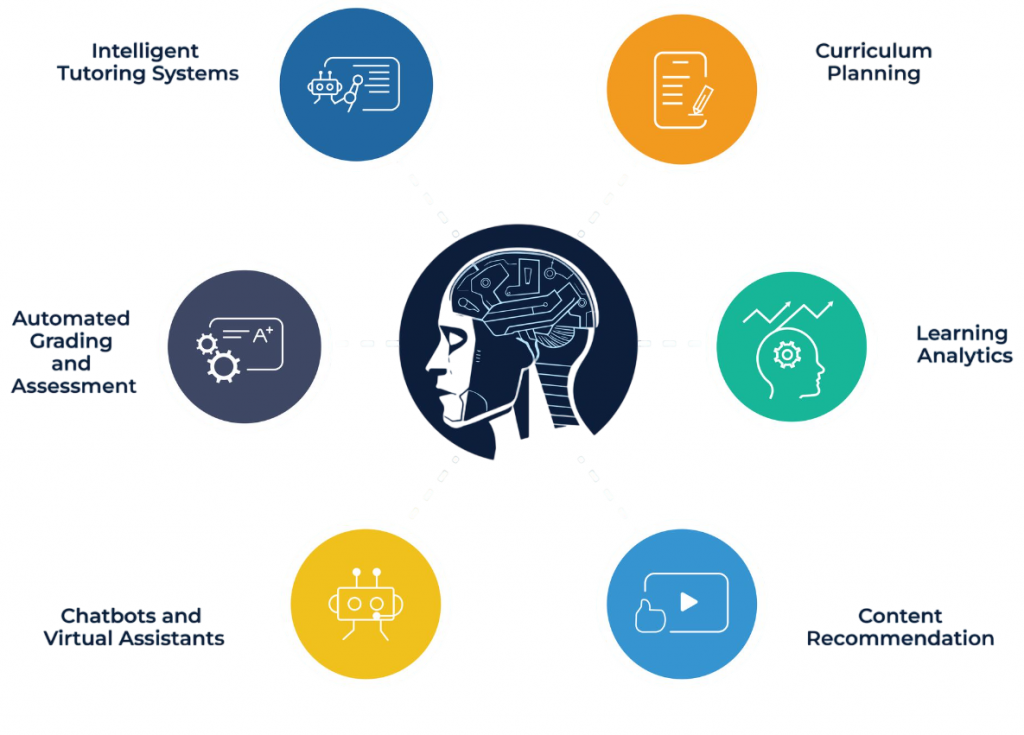
Chatbots and virtual teaching assistants can provide round-the-clock support, helping learners stay on track an innovation embraced by Digital Marketing Experts, who integrate AI-powered tools to automate feedback, personalize learning paths, and reduce administrative workload. These assistants simulate human interaction, offering instant help with assignments, course navigation, and concept clarification, making digital education more scalable, efficient, and learner-centric. These systems analyze student data to identify patterns, predict challenges, and recommend personalized interventions. They also free up human educators to focus on more strategic and creative aspects of teaching.
Tracking Learning Progress
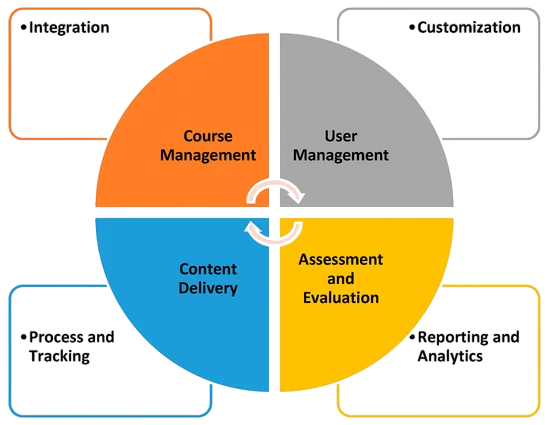
Tips for Lifelong Learning
Smart learning is not limited to formal education. In a world where technology and job requirements evolve rapidly, lifelong learning is essential. Here are a few tips to cultivate a habit of continuous learning principles reinforced in Digital Marketing Training, where professionals embrace ongoing education through microlearning, certification programs, peer communities, and real-time industry updates. By integrating learning into daily routines and aligning it with career goals, marketers stay agile, informed, and competitive in a fast-changing digital landscape.


